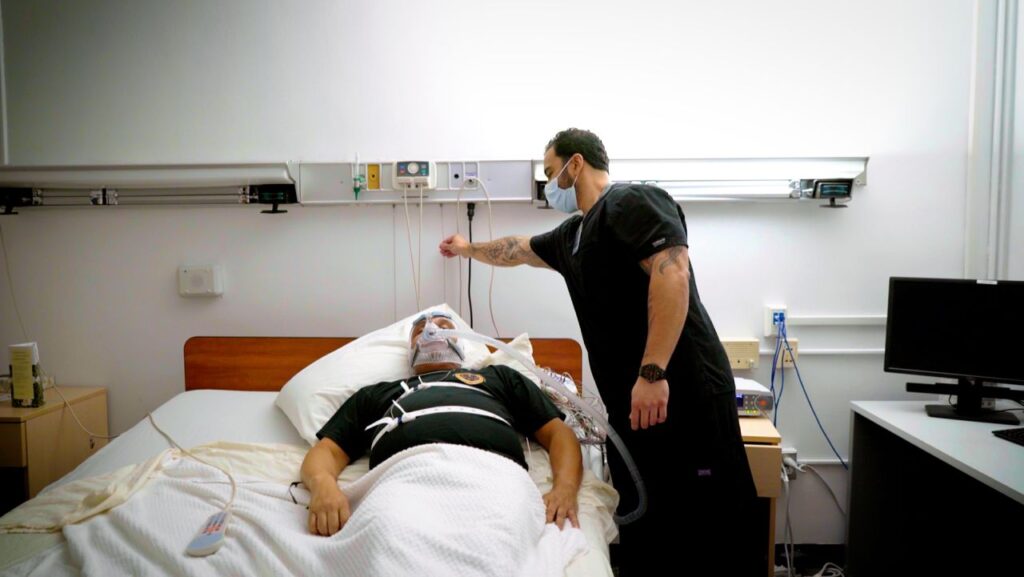The Ultimate Guide to Sleep Testing in Australia
Sleep is a vital component of our well-being, yet many of us overlook its significance in our daily lives. In this guide, we will delve into the nuances of sleep testing in Australia, providing you with essential information to help you understand the testing process, what to expect, and the options available should you require […]
The Ultimate Guide to Sleep Testing in Australia Read More »


